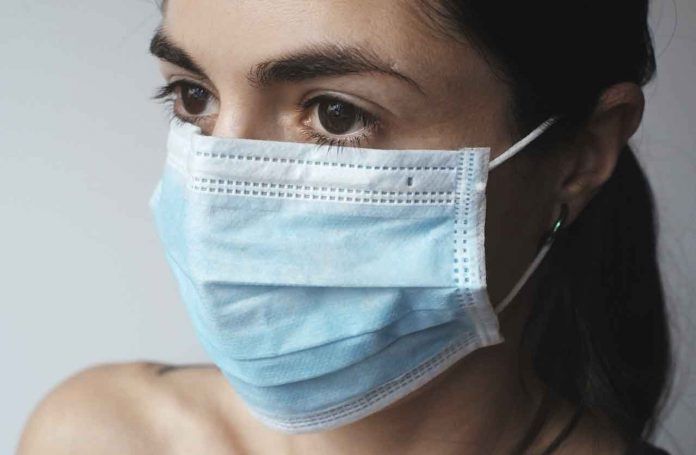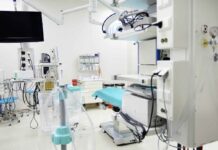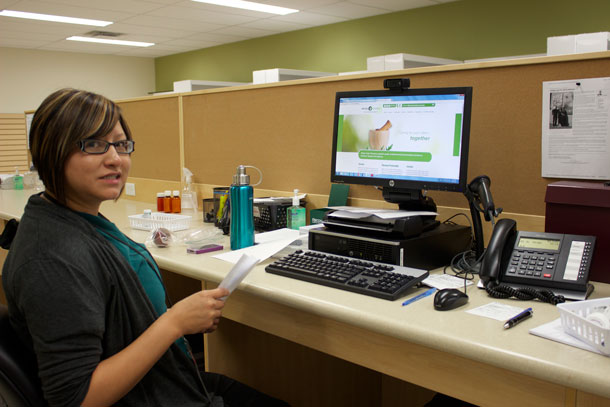Canadian public health guidance related to COVID-19 has been changing as the evidence base and our understanding of COVID-19 is rapidly evolving. We are continually looking at the evidence as it is being produced and working with our partners across the country and around the world to learn more.
Now that more countries have had large numbers of cases and have analyzed transmission patterns, recent studies provide evidence that transmission of the virus can happen from infected people—before they develop symptoms. We refer to this as pre-symptomatic transmission.
There is also evidence that some infected people who never develop symptoms are also able to transmit the virus. This is called asymptomatic transmission. We do not know how much of a role pre-symptomatic and asymptomatic transmission play in driving this epidemic at this time―but we know that it is occurring among those with close contact or in close physical settings.
While the primary driver of the global pandemic of COVID-19 has been individuals with visible symptoms (coughing and respiratory droplets are key ways the virus is spread), evidence of asymptomatic or pre-symptomatic transmission points to the importance of everyone, even those who feel fine, following the proven methods of preventing transmission.
To prevent transmission of COVID-19 here is what we know is proven:
Staying home as much as possible
Physical distancing
Washing your hands
Protecting the most vulnerable from infection and exposure to others
Covering your cough with tissues or your sleeve
It is critical that these measures continue.
Healthcare workers need medical masks, including surgical, medical procedure masks and respirators such as N95 masks. It is extremely important that we keep the supply of medical masks for healthcare workers where it is urgently needed for medical procedures and to care for individuals who have COVID-19.
Wearing a non-medical mask (e.g., homemade cloth mask) in the community has not been proven to protect the person wearing it. However, the use of a non-medical mask or facial covering can be an additional measure you can take to protect others around you.
Wearing a non-medical mask is another way of covering your mouth and nose to prevent your respiratory droplets from contaminating others or landing on surfaces. A cloth mask or face covering can reduce the chance that others are coming into contact with your respiratory droplets, in the same way that our recommendation to cover your cough with tissues or your sleeve can reduce that chance.
For short periods of time when physical distancing is not possible in public settings (e.g., grocery shopping, in close settings such as public transit), wearing a non-medical mask is one way to protect those around you.
Non-medical masks or facial coverings should not be placed on young children under age 2, anyone who has trouble breathing, or is unconscious, incapacitated or otherwise unable to remove the mask without assistance.
With the emerging information regarding pre-symptomatic and asymptomatic transmission, and our goal to stop the spread of COVID-19 by all means possible, wearing a non-medical mask—even if you have no symptoms―is an additional measure you can take to try to protect others around you.
If wearing a non-medical mask makes you feel safer and stops you from touching your nose and mouth, that is also good. Remember not to touch or rub your eyes as that is another route of infection.
Wearing a non-medical mask when in public or other settings is not a replacement for following proven measures such as hand washing and physical distancing.
Canadians need to understand exactly what wearing a mask will achieve, and that if they choose to wear non-medical masks they need to be used safely. The website Canada.ca/coronavirus is updated with information on the measures you should take, such as hand washing, when putting a mask on or taking it off. There is also information on how to wash cloth masks or safely dispose of other non-medical masks (such as dust masks).
If you choose to use a non-medical mask, it should be well-fitted (non-gaping). People should also be aware that masks can become contaminated on the outside or when touched by hands. Avoid moving the mask around or adjusting it often. Also, masks should not be shared with others.
The bottom line is that medical masks must be preserved for healthcare workers.
Please remember that non-medical masks will not prevent COVID-19 spread without consistent and strict adherence to good hygiene and public health measures, including frequent handwashing and physical distancing. Wearing a non-medical mask in the community does not mean you can back off the public health measures that we know work to protect you; no mask will ever replace physical distancing. We want to emphasize that all of the recommendations regarding staying home, physical distancing, and hand hygiene are based on what we know will work best to protect you and your family from infection.







